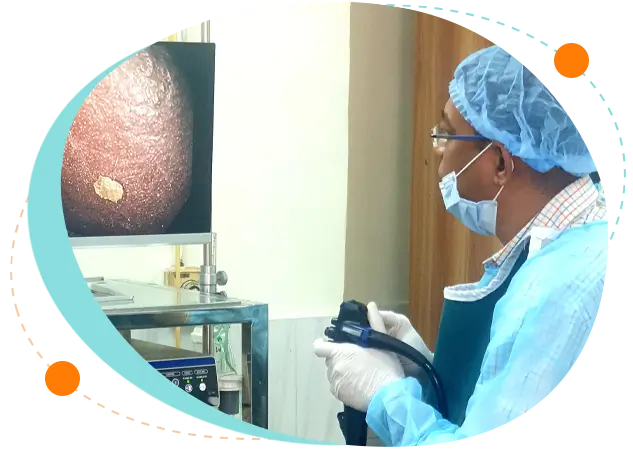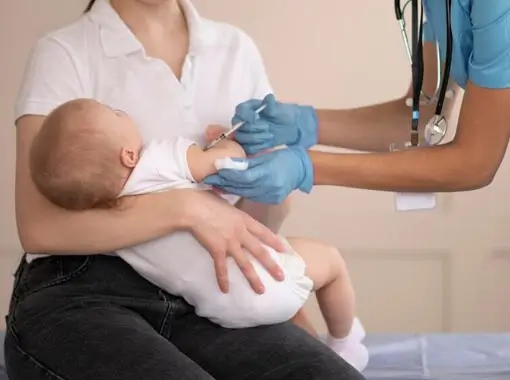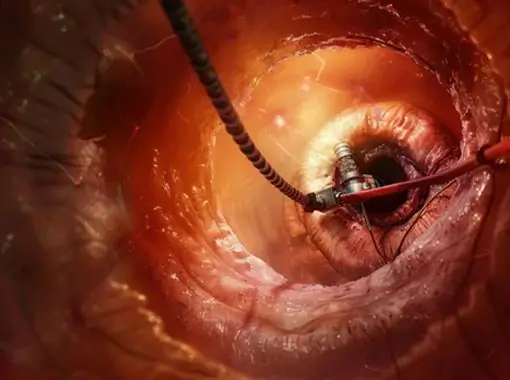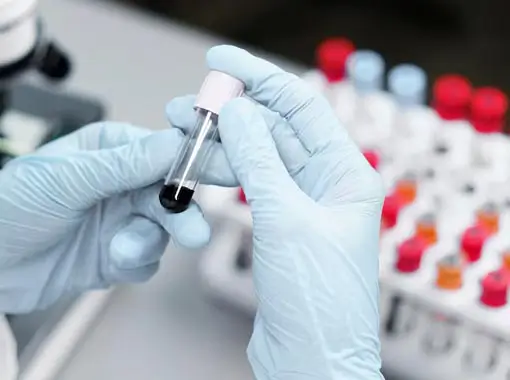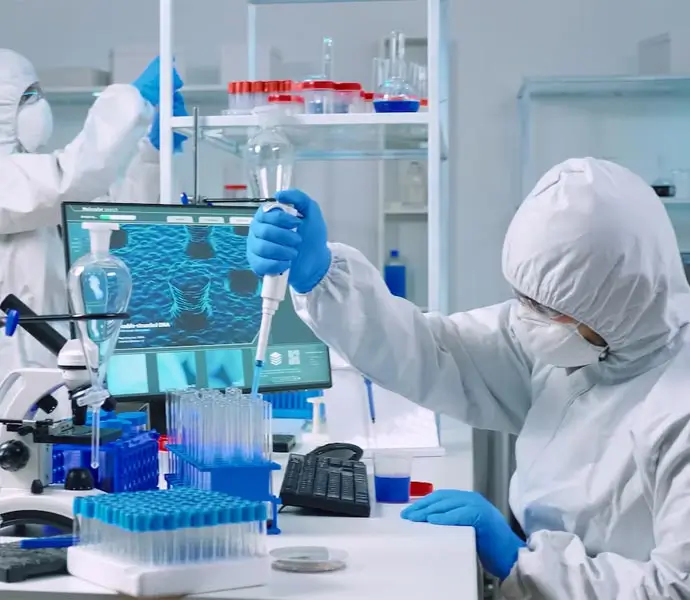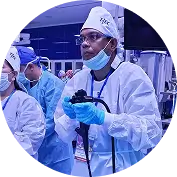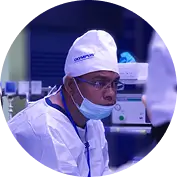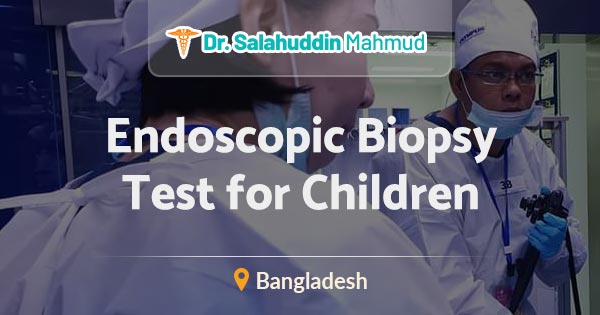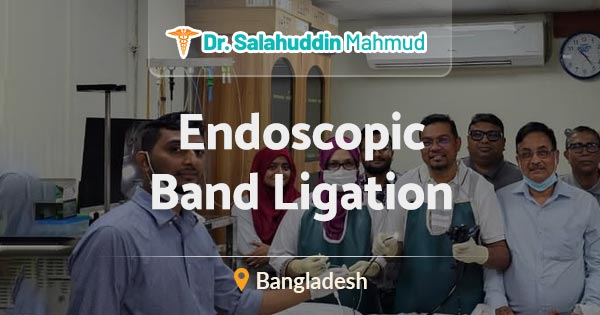Endoscopic H. Pylori Isolation in Bangladesh
Helicobacter pylori (H. pylori) is a bacterium that infects the stomach lining, leading to conditions such as gastritis, peptic ulcers, and an increased risk of gastric cancer. Endoscopic H. pylori isolation is a diagnostic procedure performed to confirm the presence of the bacteria in the stomach using an upper gastrointestinal (GI) endoscopy. This procedure allows direct visualization and biopsy sampling for further testing.
Successful and effective endoscopic H. pylori isolation requires an experienced and expert doctor. Dr. Salahuddin Mahmud is a pediatric gastroenterology and hepatology specialist in Dhaka. He offers less painful and modern techniques for H. pylori isolation.
Book an Appointment 09666-787806